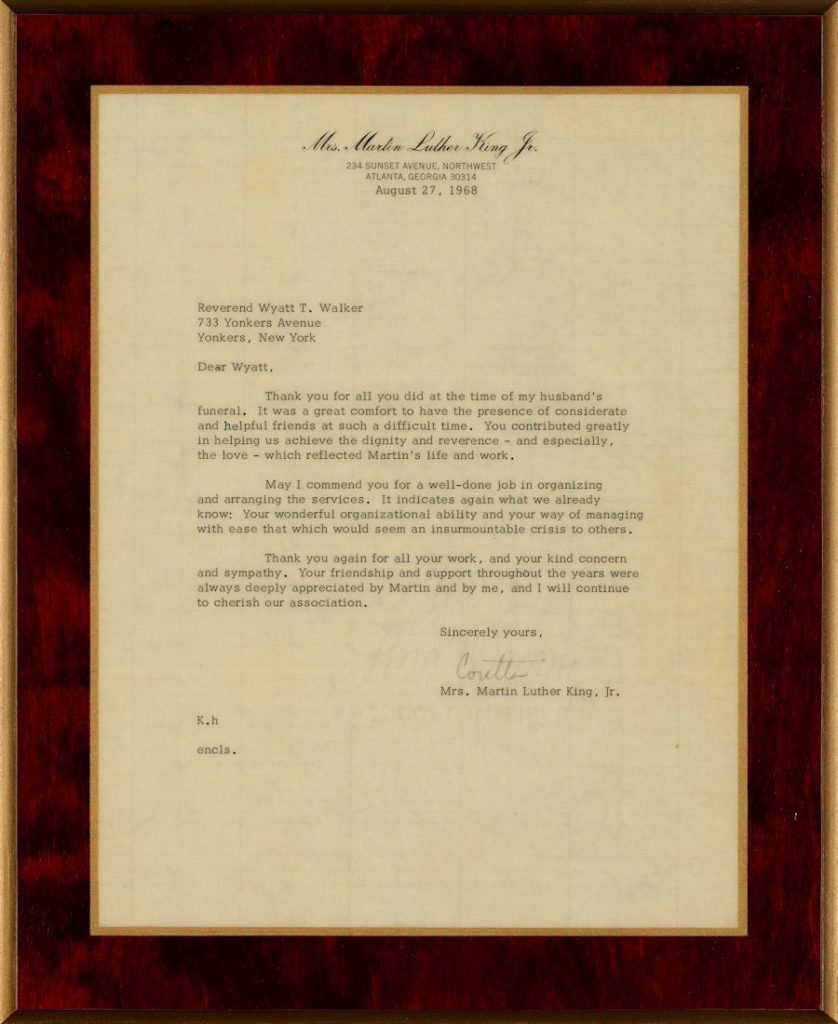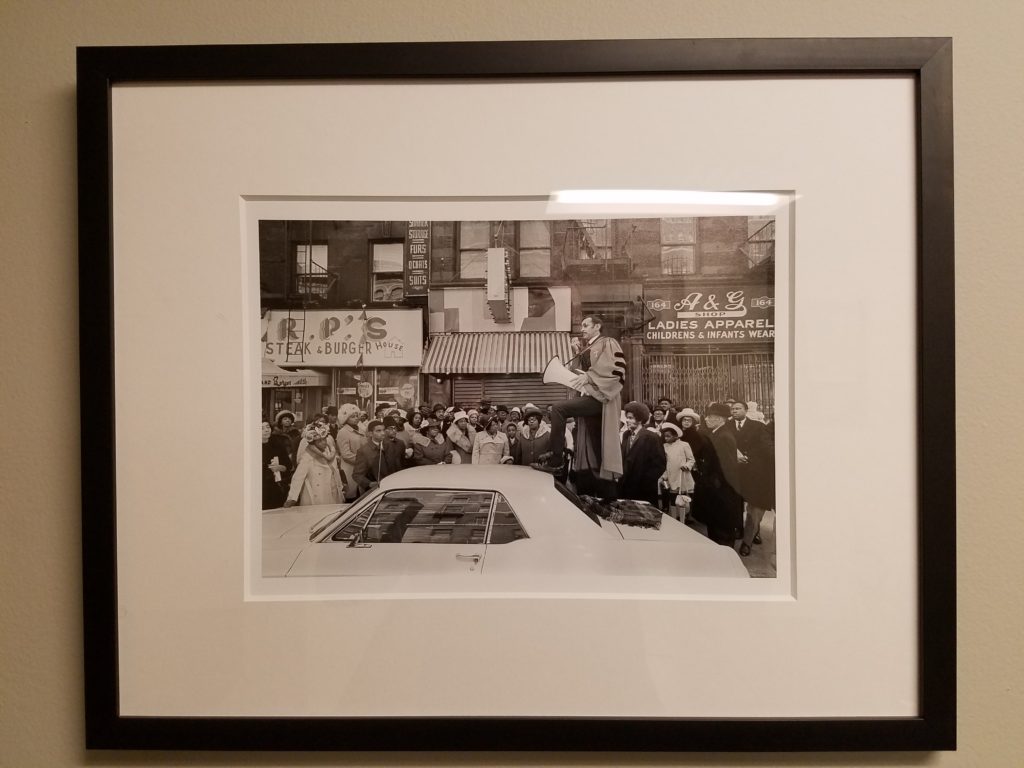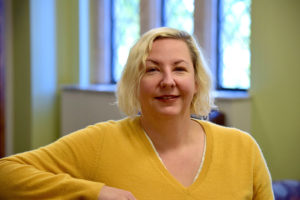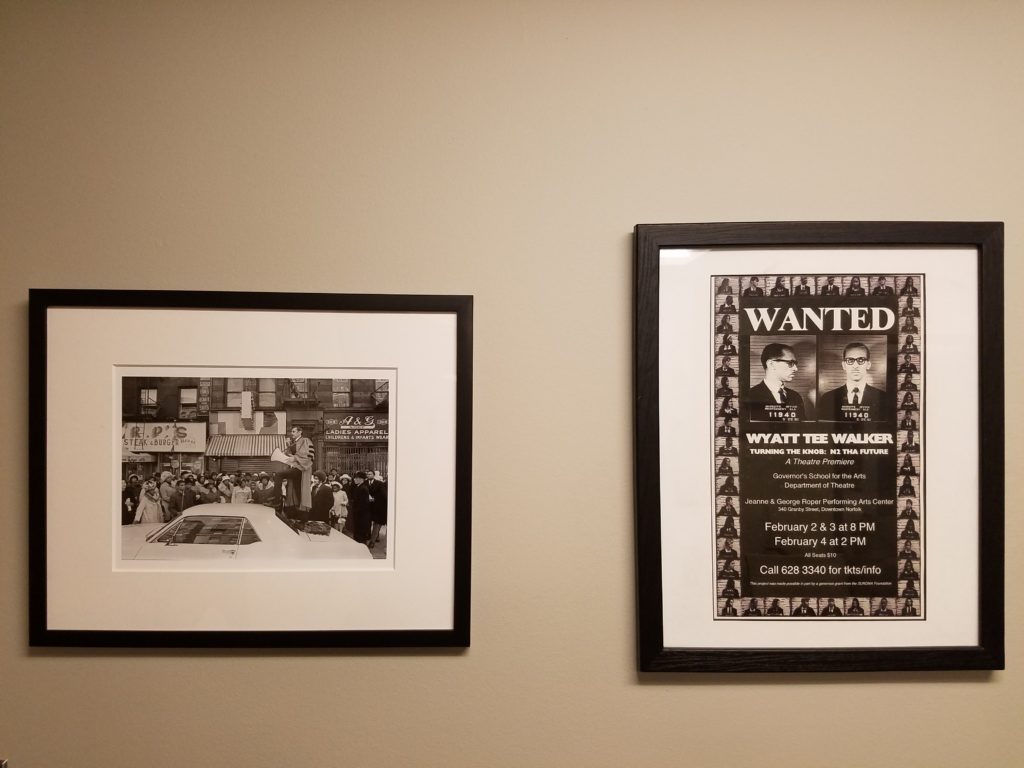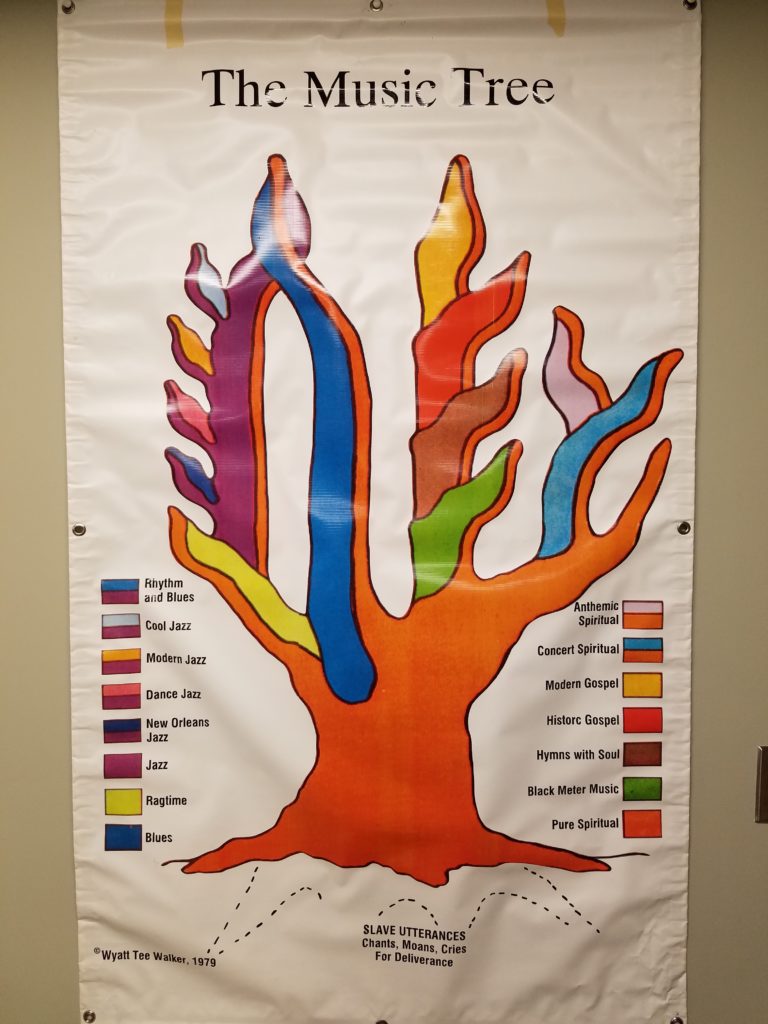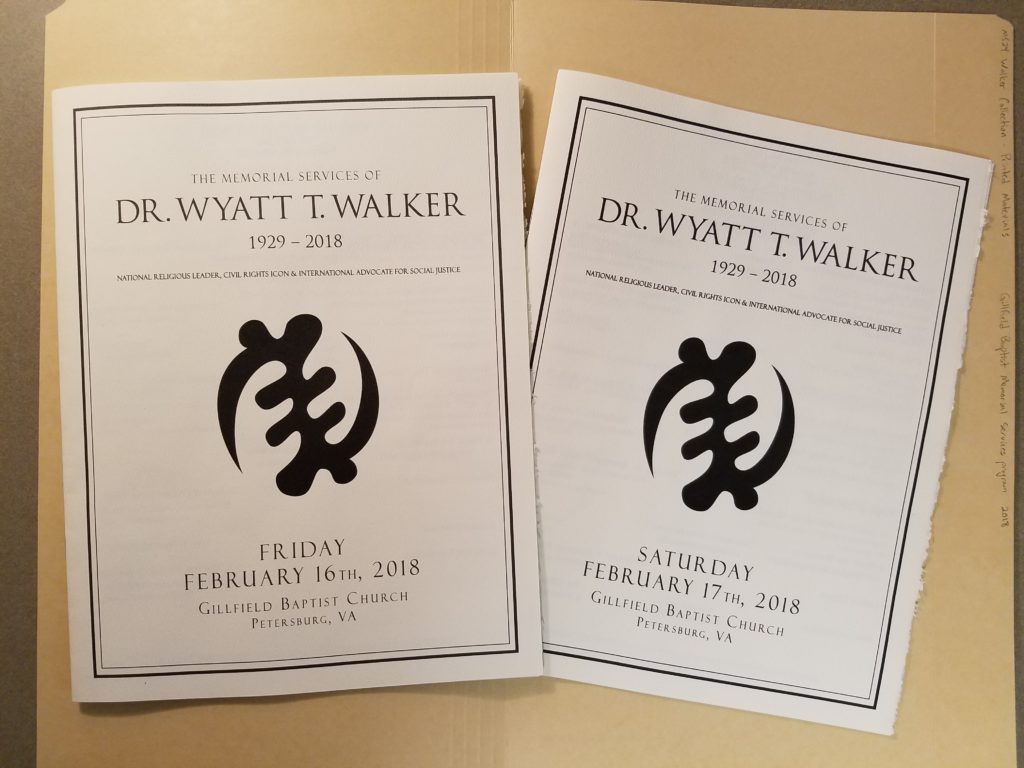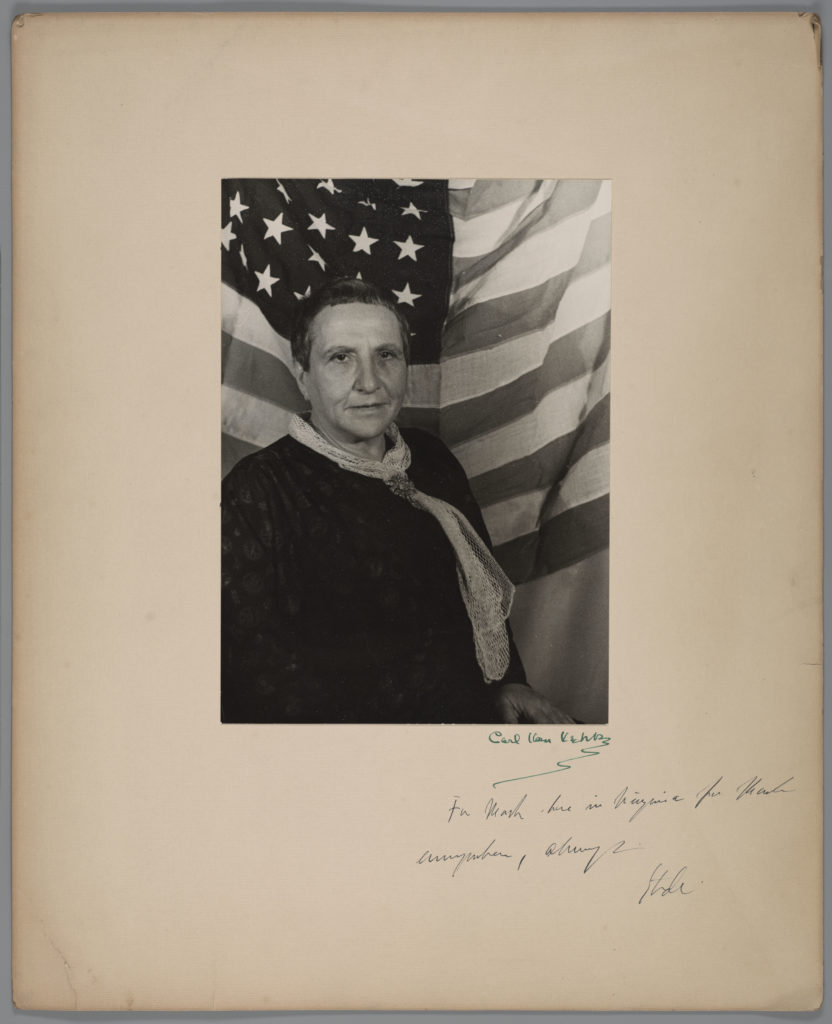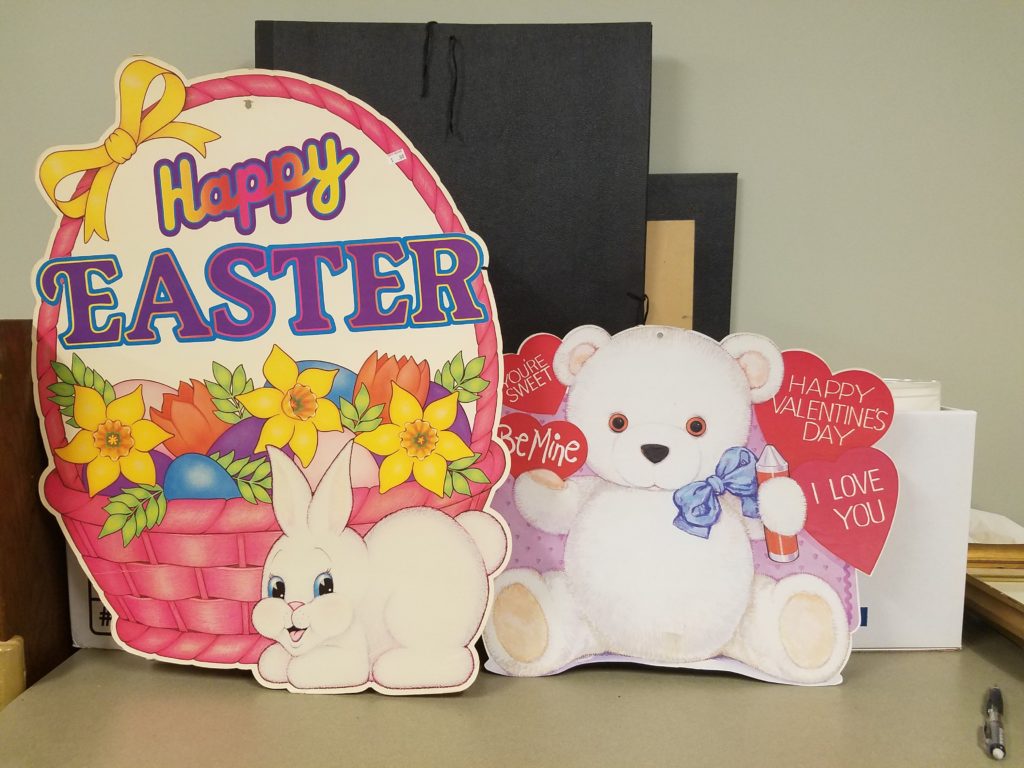(Note: This post was authored by Taylor McNeilly, Processing & Reference Archivist.) While the vast majority of the material in the Dr. and Mrs. Wyatt Tee Walker collection naturally focuses on Dr. and Mrs. Walker and the work they have done throughout their lives, an interesting chunk of material appears to have come directly from the administrative files of the Southern Christian Leadership Conference while Dr. Walker was full-time director, namely 1960-1964. For this week’s #WyattWalkerWednesday post, I wanted to talk about some of the material that I’ve come across processing these administrative files recently.

Public statement by Dr. Martin Luther King, Jr. addressing the situation in Greenwood, MS. Click to enlarge.
If you’re looking for the big reveal, you might overlook administrative files. After all, they’re primarily official, internal documents of an organization – chances are you aren’t going to get any secrets scribbled in the margins. But if you’re a researcher who wants to know more about the SCLC or Dr. Walker’s work during his four-year tenure as executive director, these are a goldmine.
We have proofs of the public newsletters that SCLC published (as well as published copies) that will help highlight many of the activities the organization was involved in. Most of these would probably have been glossed over in the national narrative of the Civil Rights Movement, so this level of detailed information can be invaluable. We also have several years’ worth of correspondence with the organization, many of which are addressed to Dr. King – but handwritten notes indicate that “WTW” dealt with much of this instead. Some correspondence is also addressed to Dr. Walker, including a telegram from JFK inviting him to take part in a civil rights summit at the White House in the summer of 1963.
Most recently, I’ve come across several folders labeled “MLK” within these documents. This label is a little too generalized to be helpful, considering that MLK was the president of SCLC and played an important role in its operations. So naturally, I get to dig a little deeper into their contents in order to more appropriately organize and describe them. And this digging into these folders yielded some unique and interesting documents.
One of these folders held correspondence to SCLC, but specifically written requests for “hi-fidelity” recordings of “The American Dream,” a speech of Dr. King’s published by SCLC on vinyl sometime in late 1962. These letters date from November of 1962 into December of 1963, and include continued correspondence from some writers whose orders were delivered broken. While not intellectually scintillating, this material is still interesting in gauging the SCLC’s national prominence.
Another folder contained public statements made by Dr. King during 1963. This includes interviews conducted by various television news programs, as well as press releases put out by SCLC. Perhaps most interesting is an undated document addressed to Attorney General Robert F. Kennedy. This document, focusing on the police brutality occurring in retaliation to black citizens attempting to register to vote in Greenwood, Mississippi, is a powerful piece decrying the use of police dogs and other violent means of stopping nonviolent protests and civic engagement. Such a document can be a vivid reminder in a time when the general public may not have a detailed understanding of the time.
As always, the material archivists find during processing can carry a strong emotional impact. I’ll keep sharing these sorts of discoveries as I move through the collection – there’s a lot left to go through! Keep an eye out here and on our other social media accounts for updates.

